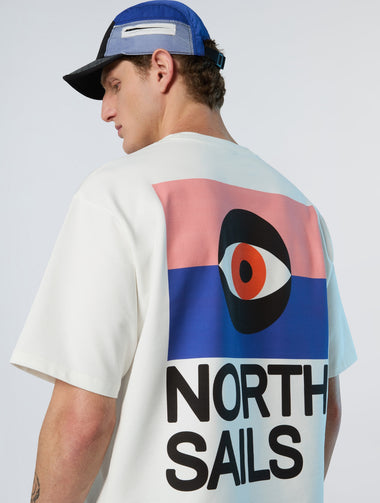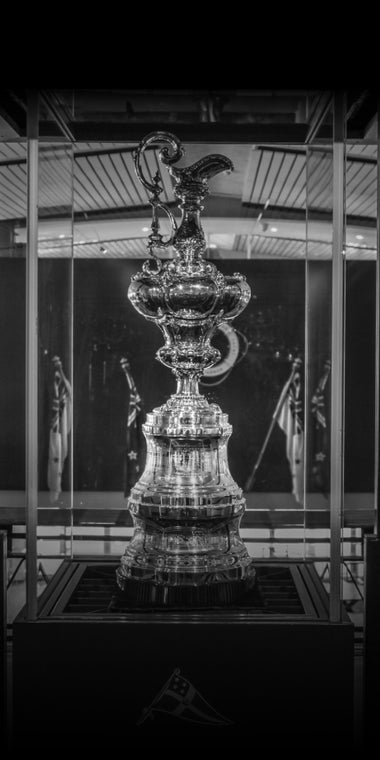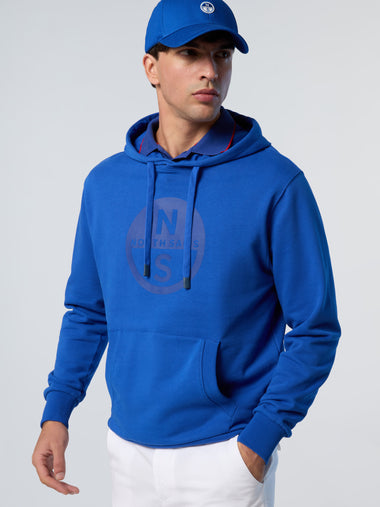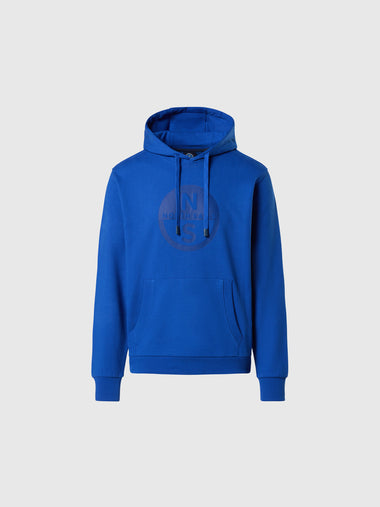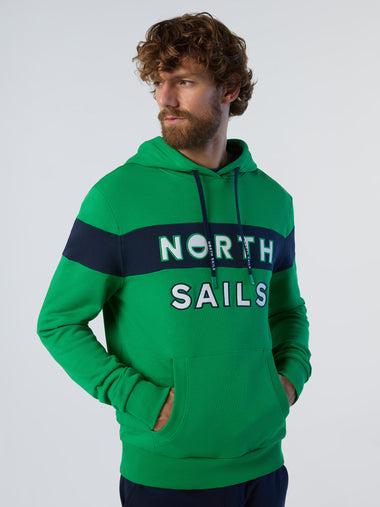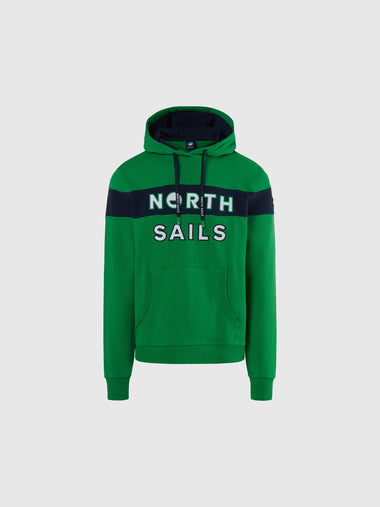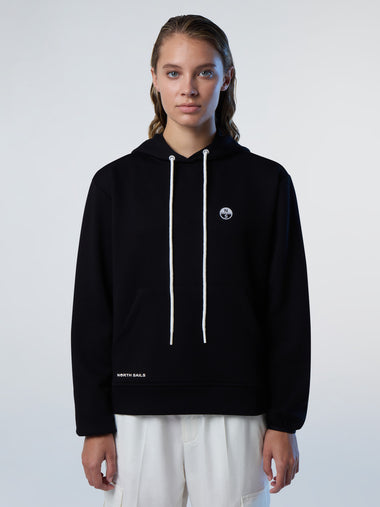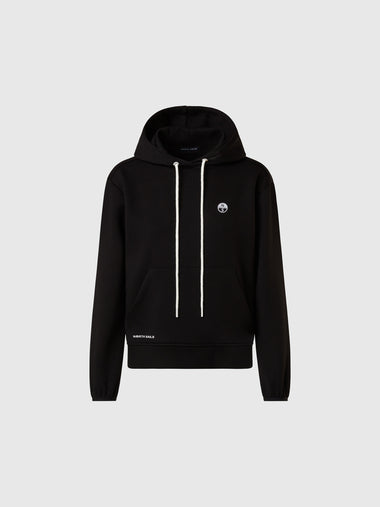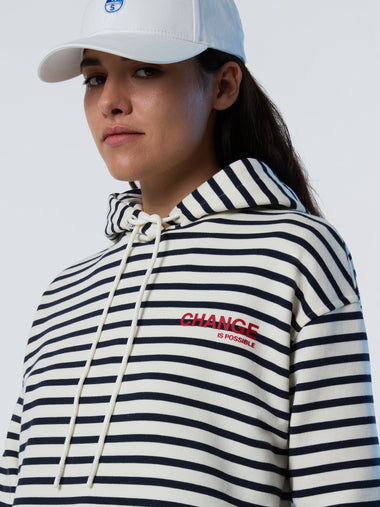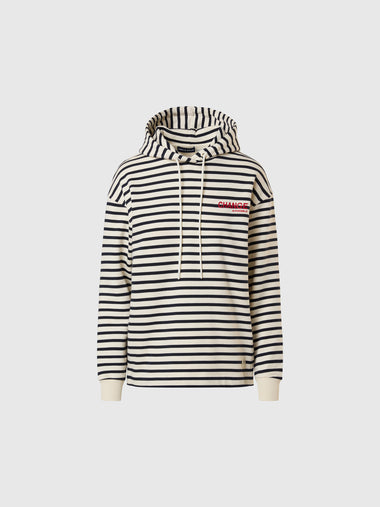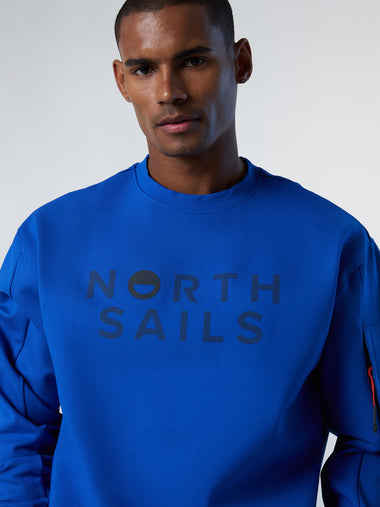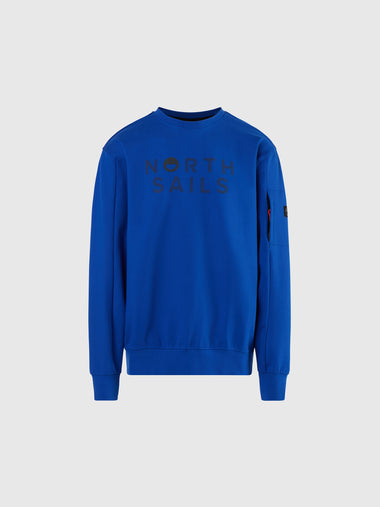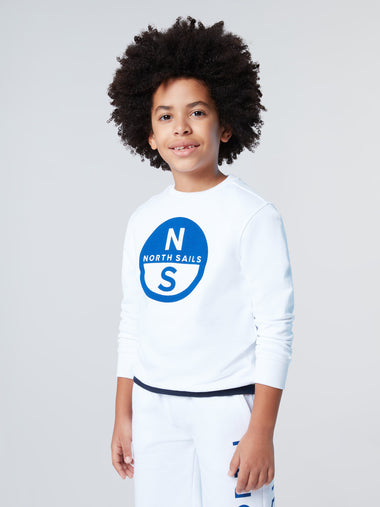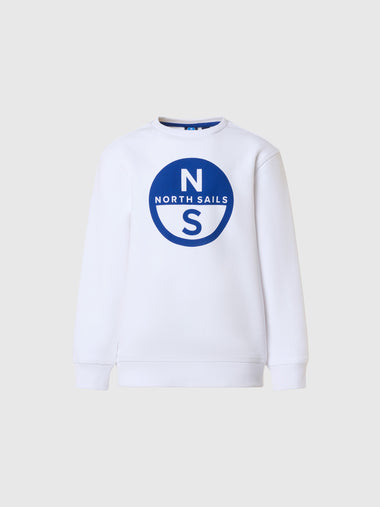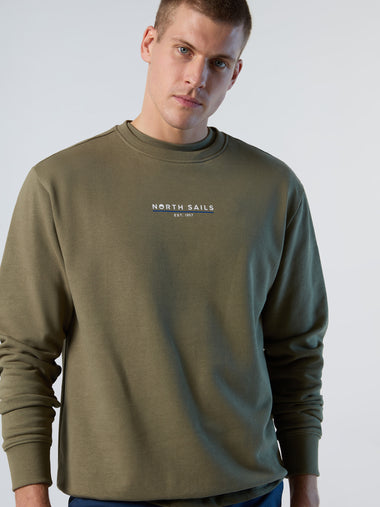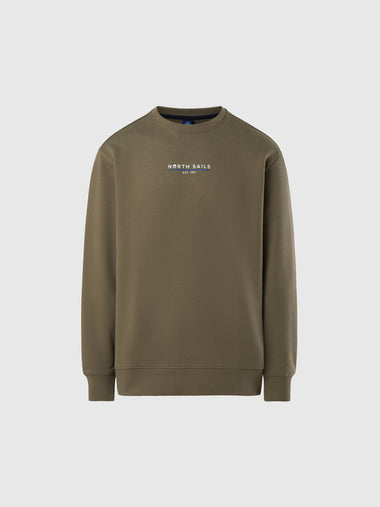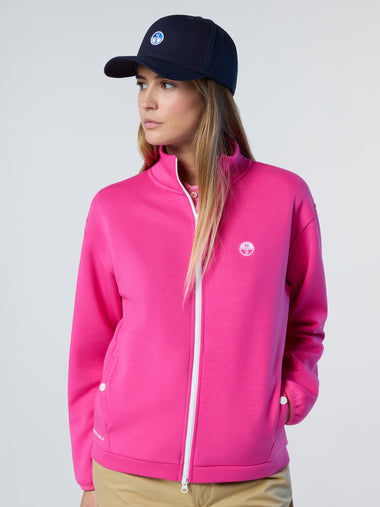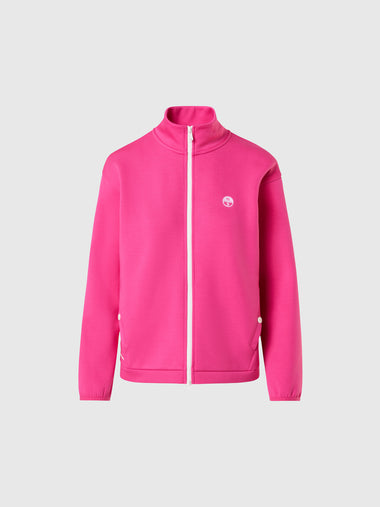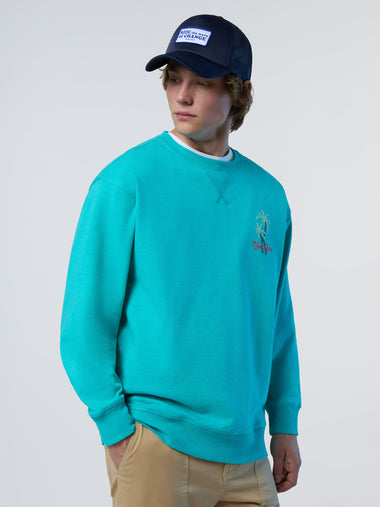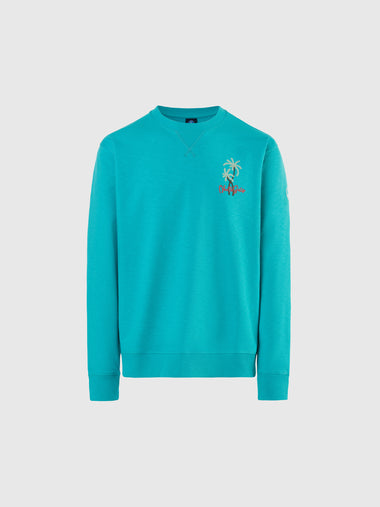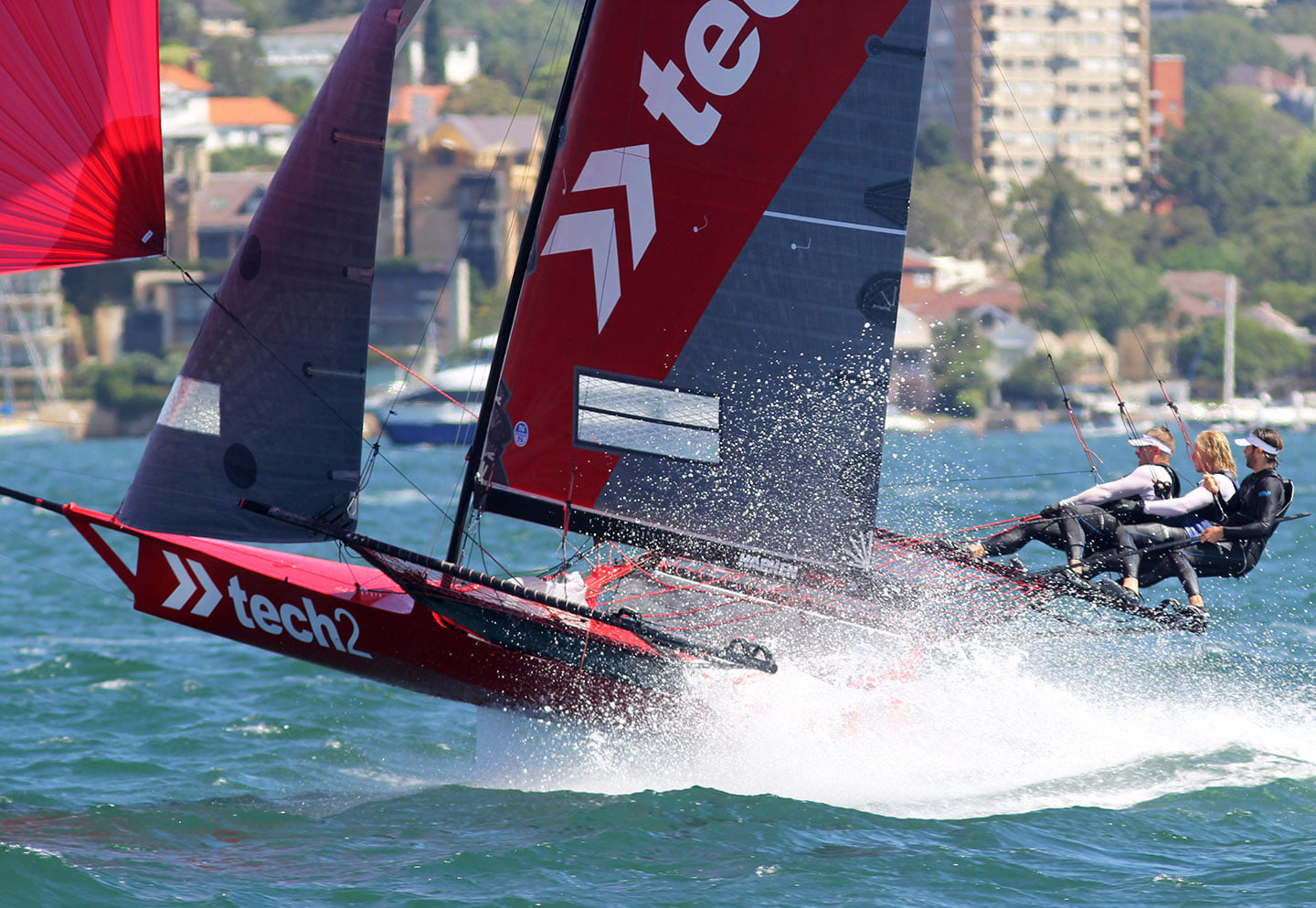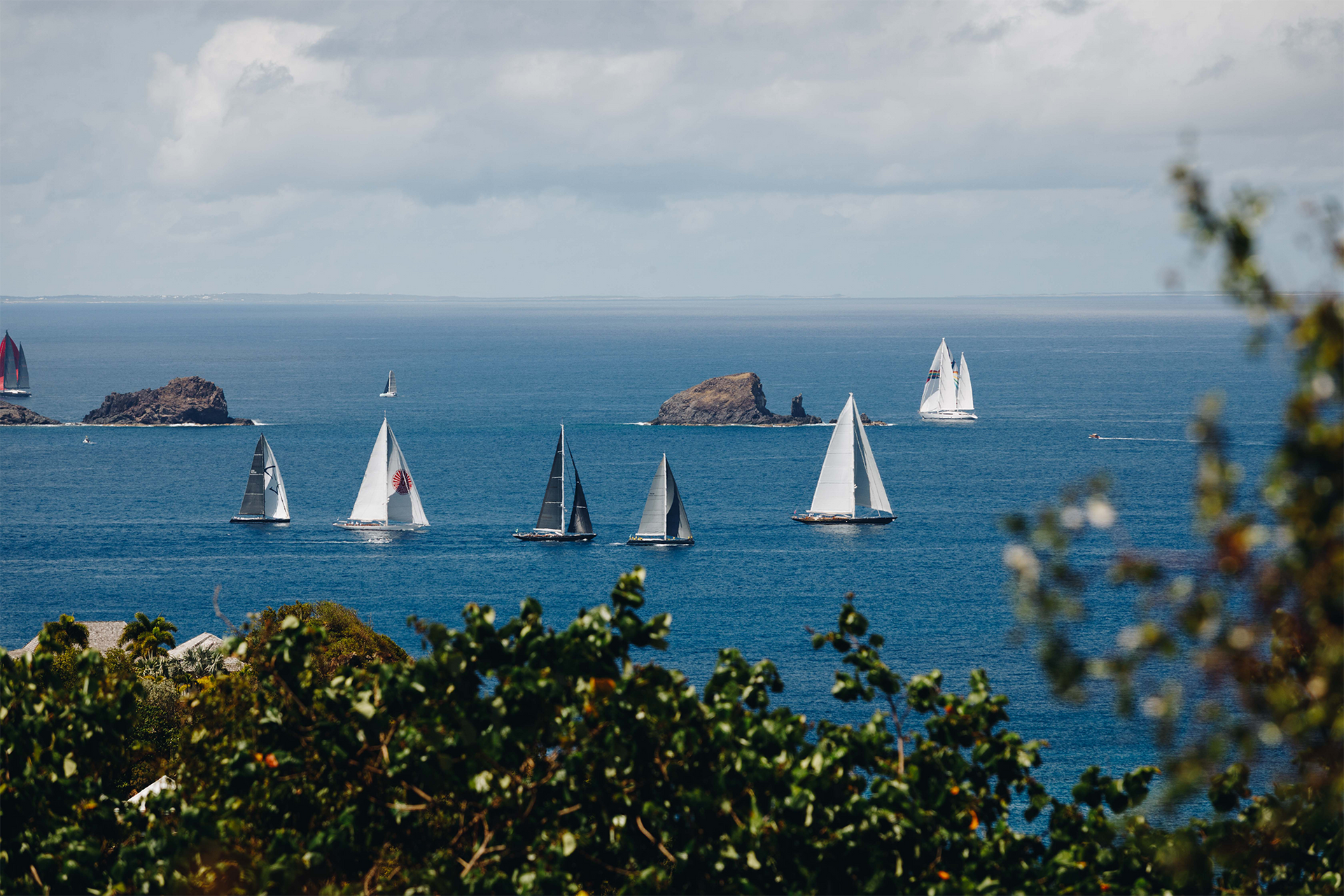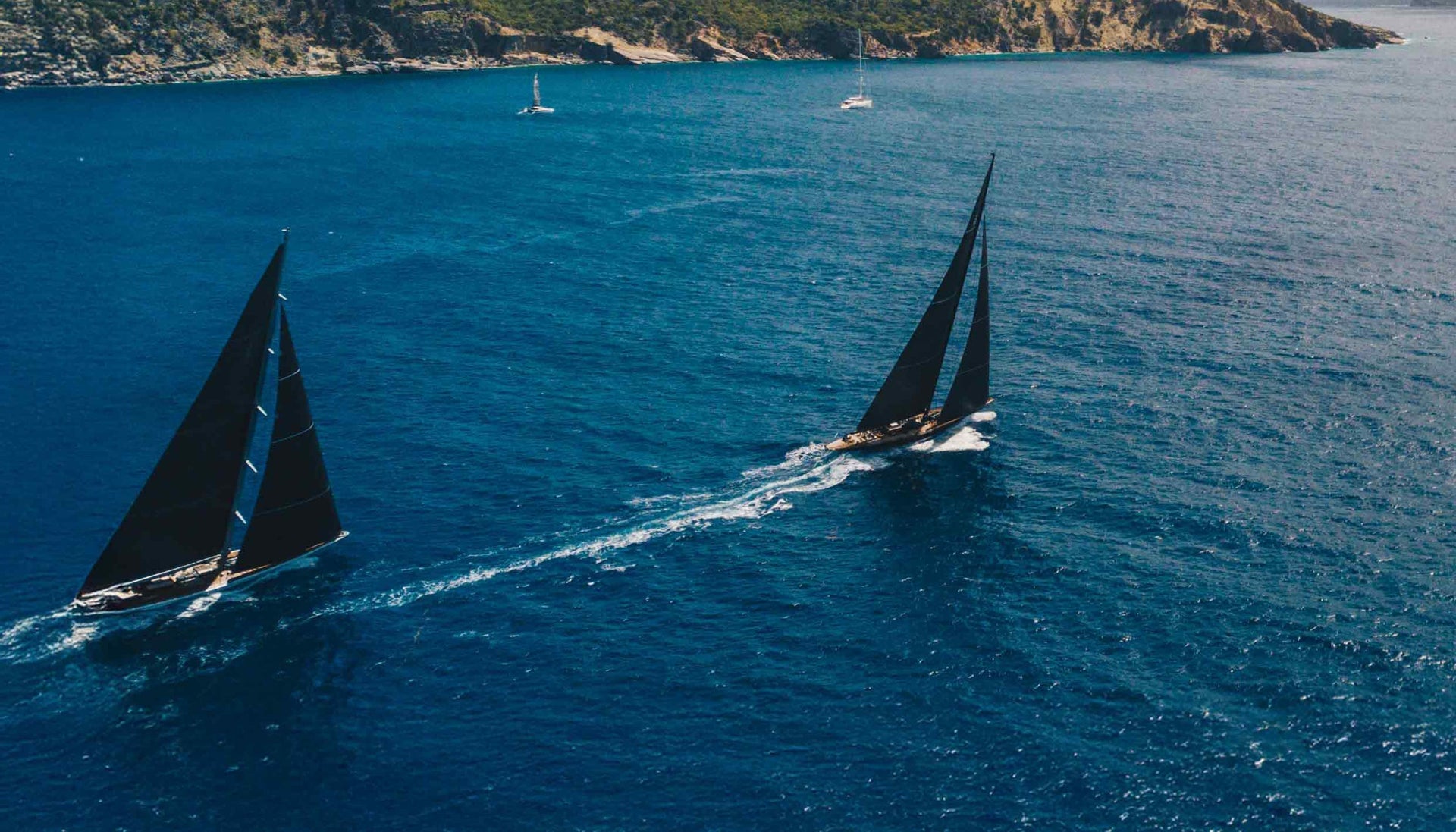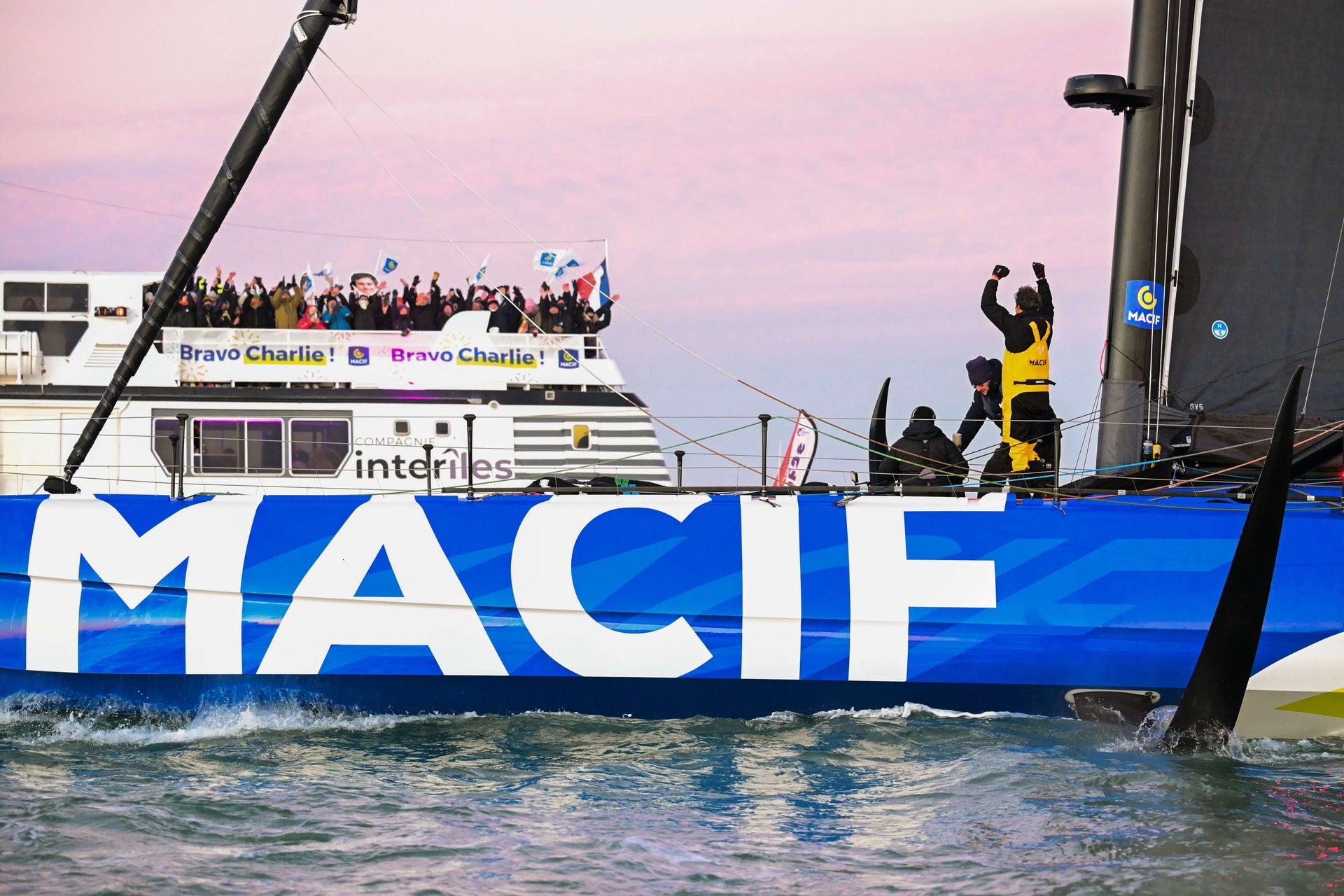THE BEST OF BOTH WORLDS
THE BEST OF BOTH WORLDS
The Similarities Between Aussie 18s + 100-Footers with Sailor Jack Macartney

For Sydney sailor Jack Macartney, it’s all about apparent wind—whether he’s sailing an 18 foot skiff or a 100-footer. “The 100-footer is a giant 18,” he says. And both have very talented fleets, which creates tight racing.
“Australia has almost all of the 100-footers from around the world racing here,” he points out. “They all have their own strengths and weaknesses, so the racing is close. It’s a unique situation having so many supermaxis racing together so frequently. All of the teams are strong and like the 18-footers, the small things make a big difference. Downwind is what they both have most in common.” Because, he repeats, “It’s all about the apparent wind.”
100 footers
The modern 100-footer generates so much horsepower that the sails are flatter and the speeds much higher; “you’re really trying to make the boat hum.” And even with a crew of 20 people, teamwork is crucial. “You might not be hanging off the side, but it’s the same crew dynamic on a 100-footer. You’ve got to have seamless crew work to get through the gear changes and do well.”
There are also differences between the two, of course. On a 100-footer, you can’t steer with your weight or throw in a quick tack or jibe without warning. “Things happen a lot slower and the loads are higher, and you have big, loud winches that handle massive loads. But it’s high-intensity and very close racing.”

Aussie 18s
Jack grew up on Sydney Harbor and started sailing at age 7. His father established the Grand Prix 18 Foot Skiff League seen on television around the world through the 1990s, so Jack and his family traveled all over with the high-performance skiff fleet. “I spent 12 or 13 years following my parents around and growing up with the sailors, so I’ve always had a strong passion for sailing and was immersed in the sport from a young age.
“Growing up on Sydney Harbor, you don’t really get a better opportunity to enjoy sailing than rigging up an 18 on a Sunday and going for a rip around. The 18-Footer class has great people and camaraderie is an important part of it, sharing a beer in the bar afterwards. The class competitors have such a strong mutual respect for one another.”
Jack finished second in the JJ Giltinan in 2013 before turning to bigger boats and the Volvo Ocean Race. When he decided to get back into the 18-Footer class last year, he spoke with sponsor Tech2 and started a program. With only small changes to better fit their crew weight, Jack says he and his team were instantly competitive with the standard North Sails package. “It’s been a great experience and the North team in Sydney. They have always very helpful. If I need anything done, it’s done quickly and done right.”
Tech2 won the 2019 Australian Nationals and club championships, and now Jack and his crew of Charlie Wyatt and Lewis Brake are full speed ahead- with multiple back-to-back wins in the 2020 class club championships over the last month.
“Our boat is going fast, our crew work is at a pretty high level, plus our sail development with North Sails is going very well!”

Unbeatable North Sails Technology
Jack hasn’t always sailed with North inventories, but he’s really impressed with 3Di. “3Di is special because of the consistency of shape over a long period of time. It’s robust, stiff, and the sail shapes and longevity of the material is fantastic. In the last two years, I’ve done a lot of racing on the 100-footer Scallywag, including Sydney Hobart, the Caribbean circuit, the Transatlantic, the Fastnet, and the Sydney Hobart again. We are still using the same sails and they are looking pretty good, considering the wear and tear 100’s generate with the extreme loads.”
In the 18’s, Jack says North Sails has created a platform that is hard to beat. “Michael Coxon and his experience set the tone. If you want to campaign at a high level, North Sails gives you a platform to do so. You don’t have to develop your rigs and profiles from scratch, instead you get straight on the pace and have the ability to compete at the front. North Sails has so much history and knowledge in the class, combined with excellent technology. I was able to design our setup to our specifications within the already-fast one design package available.”
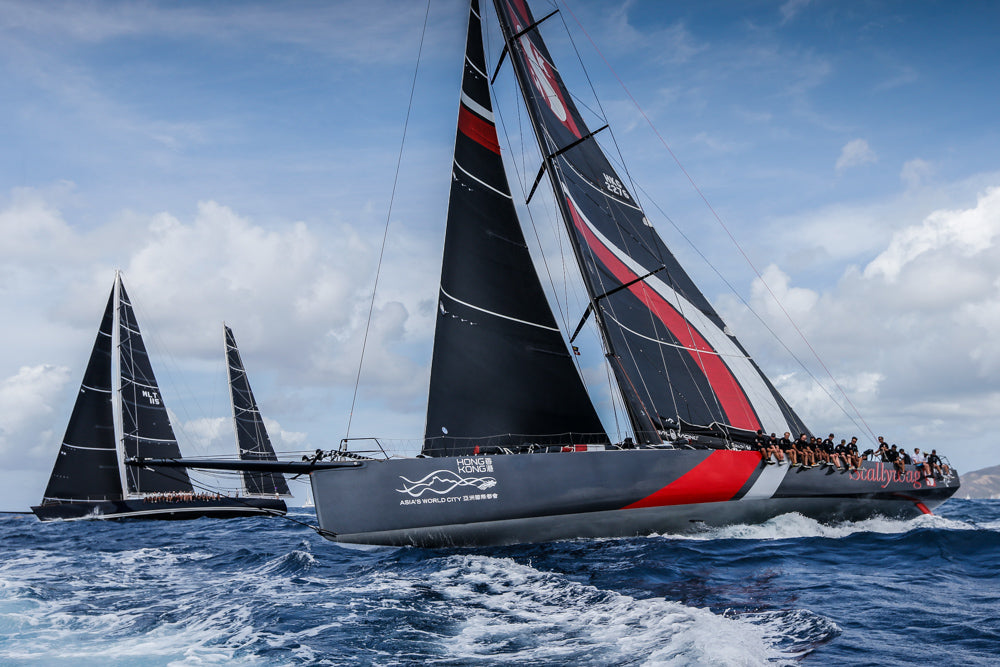
Preparation + Fitness
“From what I’ve learned,” Jack says, “you can never prepare enough to sail a 100-footer.” Countless hours are spent developing the boat, the program and getting the crew up to a high level. “Next is understanding the boat and what it needs to perform at 100%.” Though the hours may be a little less, preparation is also key to his 18-Footer program.
Both teams I sail with are driven when it comes to fitness—and team communication. “When we are not on the boat sailing together or in the gym, we’ve got our WhatsApp chat going. We’re always thinking and talking about sailing. It’s important to surround yourself with people you trust, you can get flicked off the boat in a second if something isn’t done properly. I’m lucky to have great teammates.”



